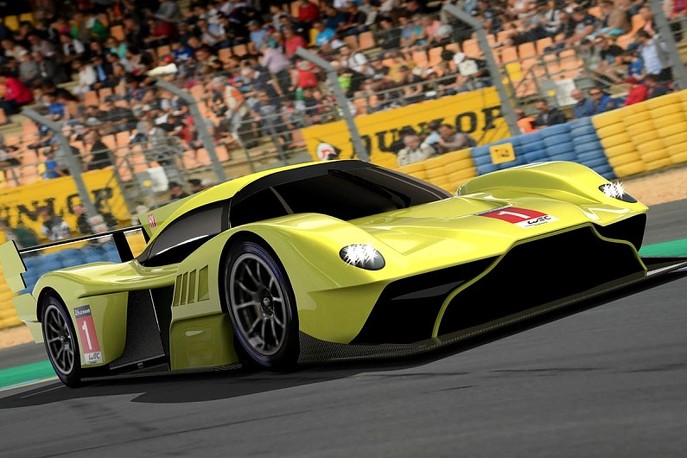Proposed hypercar powertrain regulations clarified by ACO rulemakers

The powertrain regulations for the 2020/21 World Endurance Championship's hypercar concept prototype class have been clarified by the rule makers.
Bespoke race-bred engines and hybrids systems will be allowed alongside production-based units.
This was the original intent of the rule makers, the FIA and the Automobile Club de l'Ouest, when the hypercar concept was unveiled during the week of this year's Le Mans 24 Hours in June.
But the regulations published following the FIA's World Motor Sport Council meeting on Wednesday have been widely interpreted as limiting the class to internal combustion engines and motor generator units derived from those fitted to road-going vehicles.

ACO sporting director Vincent Beaumesnil explained that there were now two tiers of regulations for both internal engines and the front-axle kinetic motor-generator units.
"The engine can be production-based or it can be a pure race engine," he told Autosport.
"If you start with a production engine there are less restrictions, such as the use of variable camshaft timing as long as it is used on the road car.
"It is the same with the hybrid system: you are allowed just one electric motor but you can have two if it is developed from a road system."
There are minimum production figures for production-based powertrains.
A minimum of 25 cars using the powertrain must have been produced by the end of the year after the season in which they are first raced, and 100 cars after the end of the second season.
The hypercar concept rules were signed off by the World Motor Sport Council in St Petersburg.
They include the introduction of success ballast for the top class of the WEC.
Zdroj: autosport.com
Diskusia k článku
Najnovšie galérie
































 Vladimír
Vladimír 
 Richard
Richard  Matej
Matej